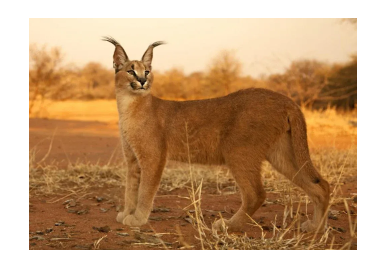Sariska Tiger Reserve: - It is located in the state of Rajasthan.
- It is well nestled in the Aravali Hills, covering an area of 800 sq km.
- It was once a hunting ground of the Maharaja of Alwar before being proclaimed a natural reserve in 1955 and a national park in 1979.
- It is the first reserve in the world to successfully relocate tigers.
- It is also famous for old temples, palaces, and lakes such as Pandu Pol, Bhangarh Fort, Ajabgarh, Pratapgarh, Siliserh Lake, and JaiSamand Lake.
- It possesses a rocky landscape, scrub thorn arid forests, grasses, hilly cliffs, and semi deciduous wood.
- Its vegetation corresponds to Northern Tropical Dry Deciduous Forests and Northern Tropical Thorn Forest.
- Flora:
- Dhok trees are found here in abundance along with other species such as salar, kadaya, gol, ber, Banyan, gugal, bamboo, kair, adusta, etc.
- Fauna:
- A variety of other wild animals, like the leopard, sambhar, chital, nilgai, four-horned antelope, wild boar etc are found in the reserve apart from the tiger.
|

